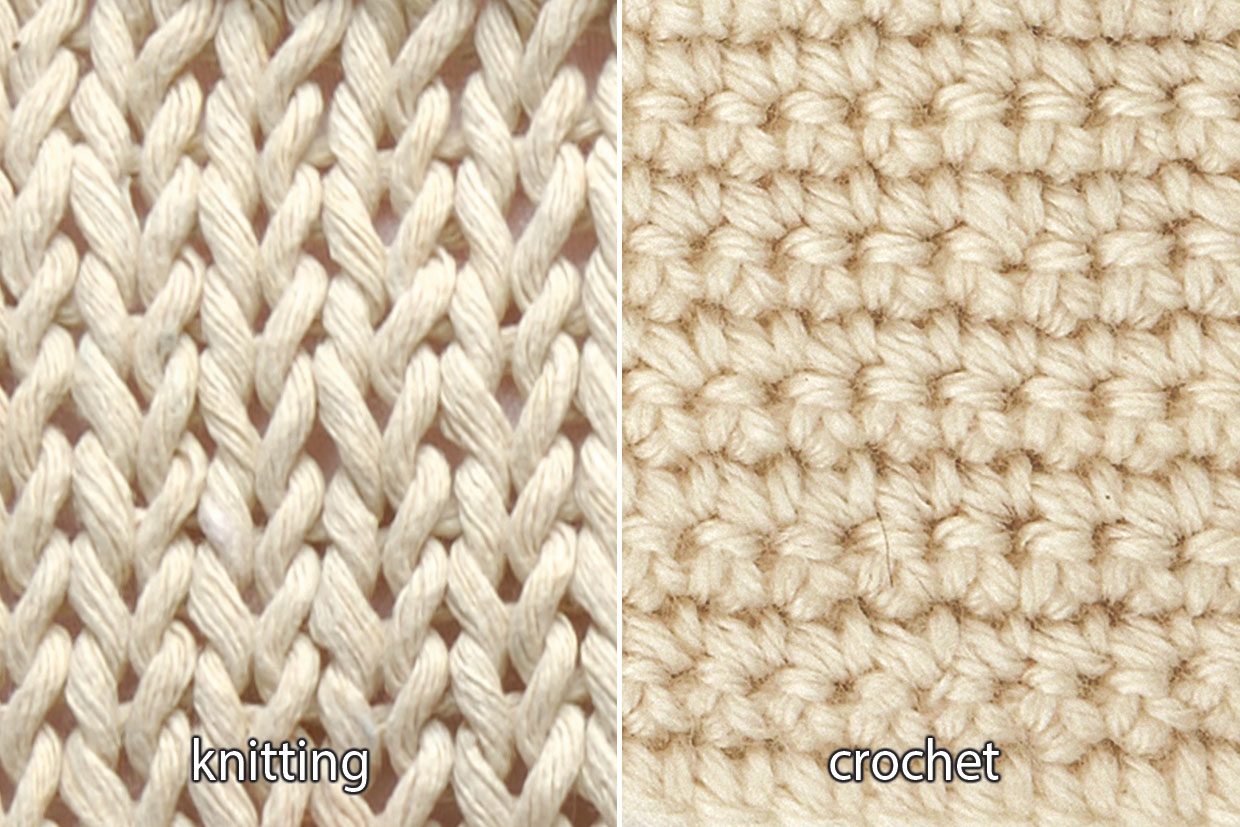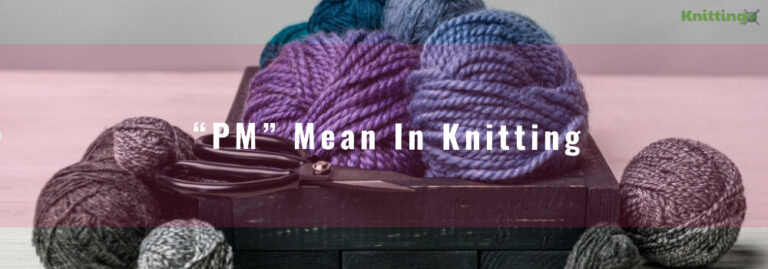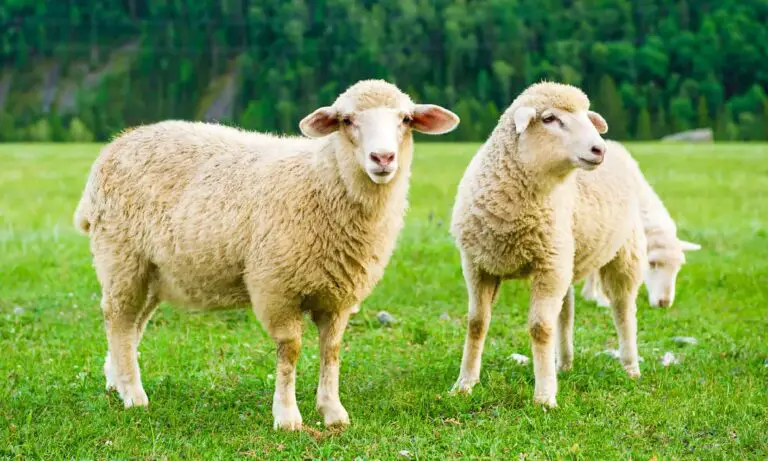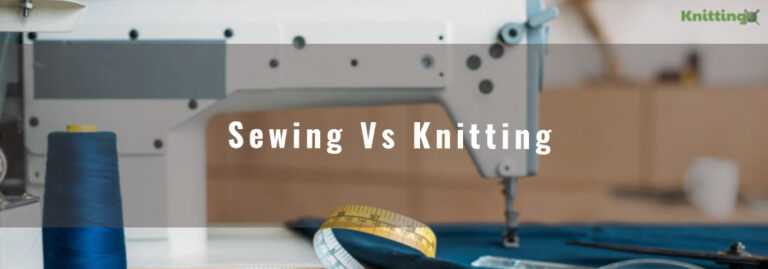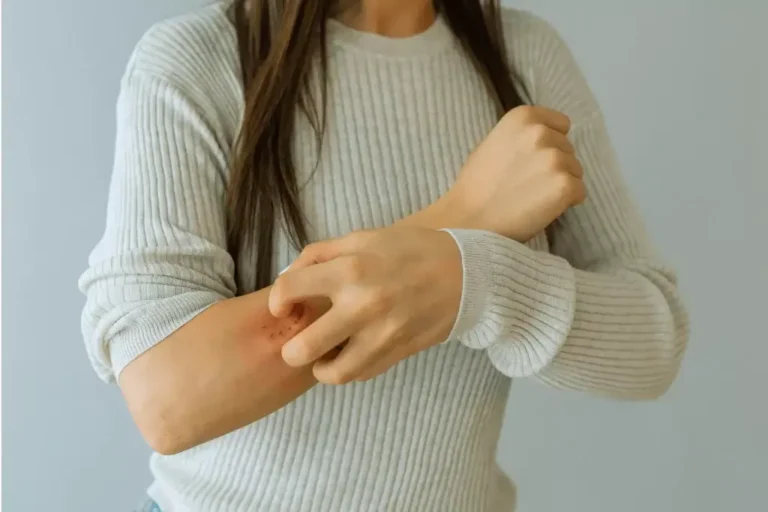Knitting and crocheting are both methods of creating fabric from yarn, but they use different tools and techniques. Knitting typically involves two pointed needles and stitches are formed by pulling loops of yarn through each other. Crocheting, on the other hand, uses a single hook to create stitches by pulling loops of yarn through other loops.
Brief History Of Knitting And Crocheting
| Knitting | Crocheting | |
| Originated | 11th century in the Middle East | 18th century in Europe |
| Primary tools | Two pointed needles | Single hook |
| Early uses | Created warm clothing and accessories for fishermen and soldiers | Used to imitate the look of high-end lacework |
| Industrialization | In the 16th century, knitting guilds were formed in Europe and knitting became a popular cottage industry | In the 19th century, crocheting was mechanized and mass-produced |
| Popularity | Experienced a resurgence in the mid-20th century as a hobby | Gained popularity in the 21st century as a trendy and therapeutic craft |
| Famous examples | The famous Bayeux Tapestry, created in the 11th century, features knitting | The Irish crochet lace is a famous example of crocheting |
Materials and Tools Required for Knitting
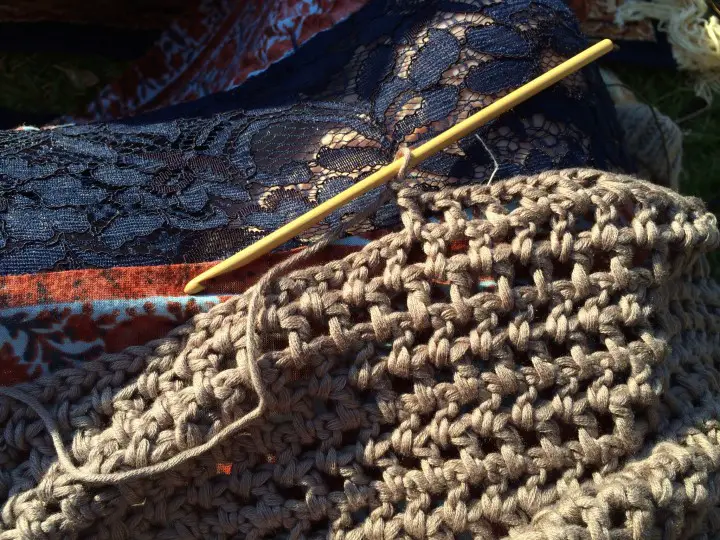
Knitting requires a few essential materials and tools, including:
- Yarn: The main material used for knitting. It comes in a variety of fibers, colors, and textures.
- Knitting Needles: Two pointed needles of the same size and shape. They can be made from a variety of materials, including metal, bamboo, and plastic.
- Scissors: Used to cut the yarn.
- Tapestry Needle: A blunt needle with a large eye used to weave in ends and sew pieces together.
- Stitch Markers: Small, removable markers that help you keep track of your stitches.
- Row Counter: A device or app that helps you keep track of the number of rows or repeats in your pattern.
- Pattern: A set of instructions that tells you which stitches to use and how many to cast on.
- Optional: Stitch holders, cable needles, and other accessories that can help you create more complex designs.
Overall, knitting is a relatively simple craft that requires just a few basic tools and materials. Once you have these items, you can begin creating a wide variety of beautiful and functional items, from scarves and hats to sweaters and blankets.
Materials and Tools Required for Crocheting
Crocheting requires a few essential materials and tools, including:
- Yarn: The primary material used for crocheting. Yarn comes in a variety of fibers, colors, and textures.
- Crochet Hook: A single hook is used to pull the yarn through loops to create stitches. Crochet hooks come in different sizes and materials, such as aluminum, plastic, and bamboo.
- Scissors: Used to cut the yarn.
- Tapestry Needle: A blunt needle with a large eye used to weave in ends and sew pieces together.
- Stitch Markers: Small, removable markers that help you keep track of your stitches.
- Pattern: A set of instructions that tells you which stitches to use and how many to chain.
- Optional: Stitch holders, cable needles, and other accessories that can help you create more complex designs.
Overall, crocheting is a simple craft that requires just a few basic tools and materials. With these items, you can create a wide variety of items, from simple dishcloths and scarves to intricate lace doilies and garments.
Basic Techniques and Stitches for Knitting
- Knitting is a popular craft that involves creating fabric by interlocking loops of yarn. Here are some basic techniques and stitches to get you started:
- Casting on: This is the first step in starting a knitting project. There are several methods for casting on, but the most common is the long-tail cast-on. To do this, make a slipknot in the yarn, and hold the needle with the slipknot in your left hand. Then, use your right hand to wrap the yarn around the needle, and pull the loop through the slipknot. Repeat this process until you have the desired number of stitches on your needle.
- Knit stitch: This is the most basic stitch in knitting. To do a knit stitch, insert the right-hand needle into the first stitch on the left-hand needle from left to right, bring the yarn over the right-hand needle from back to front, and pull the right-hand needle through the stitch. Slip the old stitch off the left-hand needle, and you have completed one knit stitch.
- Purl stitch: This stitch creates a textured pattern that looks like little bumps. To do a purl stitch, insert the right-hand needle into the first stitch on the left-hand needle from right to left, bring the yarn over the right-hand needle from front to back, and pull the right-hand needle through the stitch. Slip the old stitch off the left-hand needle, and you have completed one purl stitch.
- Garter stitch: This stitch pattern is made by knitting every row. To do a garter stitch, simply alternate knit and purl stitches on each row.
- Stockinette stitch: This stitch pattern creates a smooth, flat fabric with a “V” pattern on one side and little bumps on the other. To do stockinette stitch, knit one row, then purl the next row. Repeat these two rows to create the pattern.
- Binding off: This is the final step in finishing a knitting project. To bind off, knit the first two stitches, then use the left-hand needle to lift the first stitch over the second stitch and off the needle. Knit the next stitch, and repeat the process of lifting the previous stitch over the current stitch until you have one stitch left on the right-hand needle. Cut the yarn and pull it through the last stitch to secure it.
Basic Techniques and Stitches for Crocheting
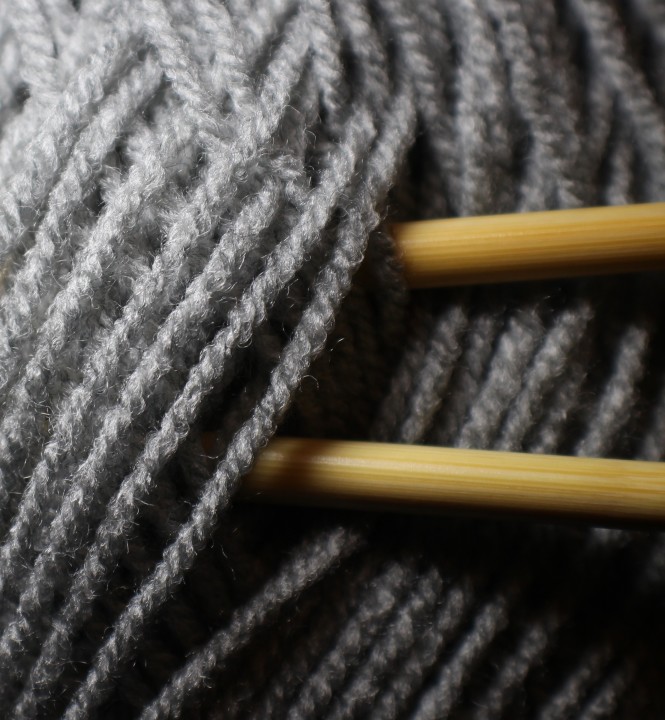
Crocheting is a popular craft that involves using a hook to create fabric from yarn or thread. Here are some basic techniques and stitches to get you started:
- Slip knot: This is the first step in starting a crochet project. To make a slip knot, create a loop with the yarn, then insert the hook into the loop and pull the yarn through the loop to create a new loop on the hook.
- Chain stitch: This is the most basic stitch in crocheting. To make a chain stitch, yarn over (bring the yarn over the hook from back to front), then pull the yarn through the loop on the hook to create a new loop. Repeat this process to create a chain of stitches.
- Single crochet: This stitch creates a tight, dense fabric. To make a single crochet, insert the hook into the second chain from the hook, yarn over, then pull the yarn through the chain stitch. Yarn over again and pull the yarn through both loops on the hook. Repeat this process for each chain stitch.
- Double crochet: This stitch creates a taller stitch that is great for creating lacy or open fabric. To make a double crochet, yarn over, then insert the hook into the fourth chain from the hook. Yarn over again, then pulls the yarn through the chain stitch. Yarn over again and pull the yarn through two loops on the hook. Yarn over one more time and pull the yarn through the remaining two loops on the hook.
- Half double crochet: This stitch is a cross between single and double crochet, and creates a slightly taller stitch than single crochet. To make a half-double crochet, yarn over, then insert the hook into the third chain from the hook. Yarn over again, then pulls the yarn through the chain stitch. Yarn over again and pull the yarn through all three loops on the hook.
- Slip stitch: This stitch is used to join rounds or pieces together, or to create a neat edge. To make a slip stitch, insert the hook into the designated stitch, yarn over, then pull the yarn through both the stitch and the loop on the hook.
Advantages and Disadvantages of Knitting and Crocheting
Knitting and crocheting are popular crafts that offer many benefits, but there are also some disadvantages to consider. Here are some advantages and disadvantages of knitting and crocheting:
Advantages of Knitting and Crocheting:
- Relaxation: Knitting and crocheting can be very relaxing and help reduce stress and anxiety. The repetitive motions and focus required can be meditative and calming.
- Creative expression: Knitting and crocheting allow for creative expression, as you can choose colors, textures, and patterns to make unique items.
- Practicality: Knitting and crocheting can produce functional items such as clothing, blankets, and household items, making them a practical and cost-effective hobby.
- Socialization: Knitting and crocheting can be a social activity, allowing you to connect with others who share your interests and learn from each other.
- Portability: Knitting and crocheting are portable and can be done almost anywhere, making them a convenient hobby to take on the go.
Disadvantages of Knitting and Crocheting:
- Time-consuming: Knitting and crocheting can be time-consuming, especially for larger projects. It may take hours or even weeks to complete a project.
- Skill level: Learning to knit or crochet takes time and practice, and some people may find it difficult or frustrating to master the techniques.
- Repetitive motion injuries: Knitting and crocheting require repetitive hand and wrist movements, which can lead to injuries such as carpal tunnel syndrome if done for extended periods of time without breaks.
- Cost: While knitting and crocheting can be a cost-effective way to create items, the cost of high-quality yarns and tools can add up.
- Limited use: Knitted and crocheted items may not be suitable for all occasions or climates, as they can be bulky, heavy, or not warm enough for extreme temperatures.
Differences between Knitting and Crocheting
Knitting and crocheting are both popular crafts that involve creating fabric from yarn or thread, but they differ in several ways. Here are some key differences between knitting and crocheting:
- Tools: Knitting requires two straight or circular needles, while crocheting requires a single hook.
- Technique: Knitting involves looping yarn around one needle and pulling it through loops on the other needle, while crocheting involves pulling yarn through loops on the hook.
- Stitch types: Knitting creates a fabric with interlocking loops, while crocheting creates a fabric with a series of interconnected loops.
- Speed: Crocheting is generally faster than knitting, as each stitch is completed more quickly.
- Tension: Knitting tends to produce a tighter, more uniform fabric, while crocheting can produce a looser, more flexible fabric.
- Texture: Knitting creates a fabric with a smooth, even texture, while crocheting can create a variety of textures and patterns depending on the stitch used.
- Versatility: Crocheting is often more versatile than knitting, as it can be used to create a wider range of shapes, designs, and patterns.
- Learning curve: Some people find crocheting easier to learn than knitting, while others find knitting easier.
References:
https://www.marthastewart.com/2139011/knitting-and-crocheting-differences

